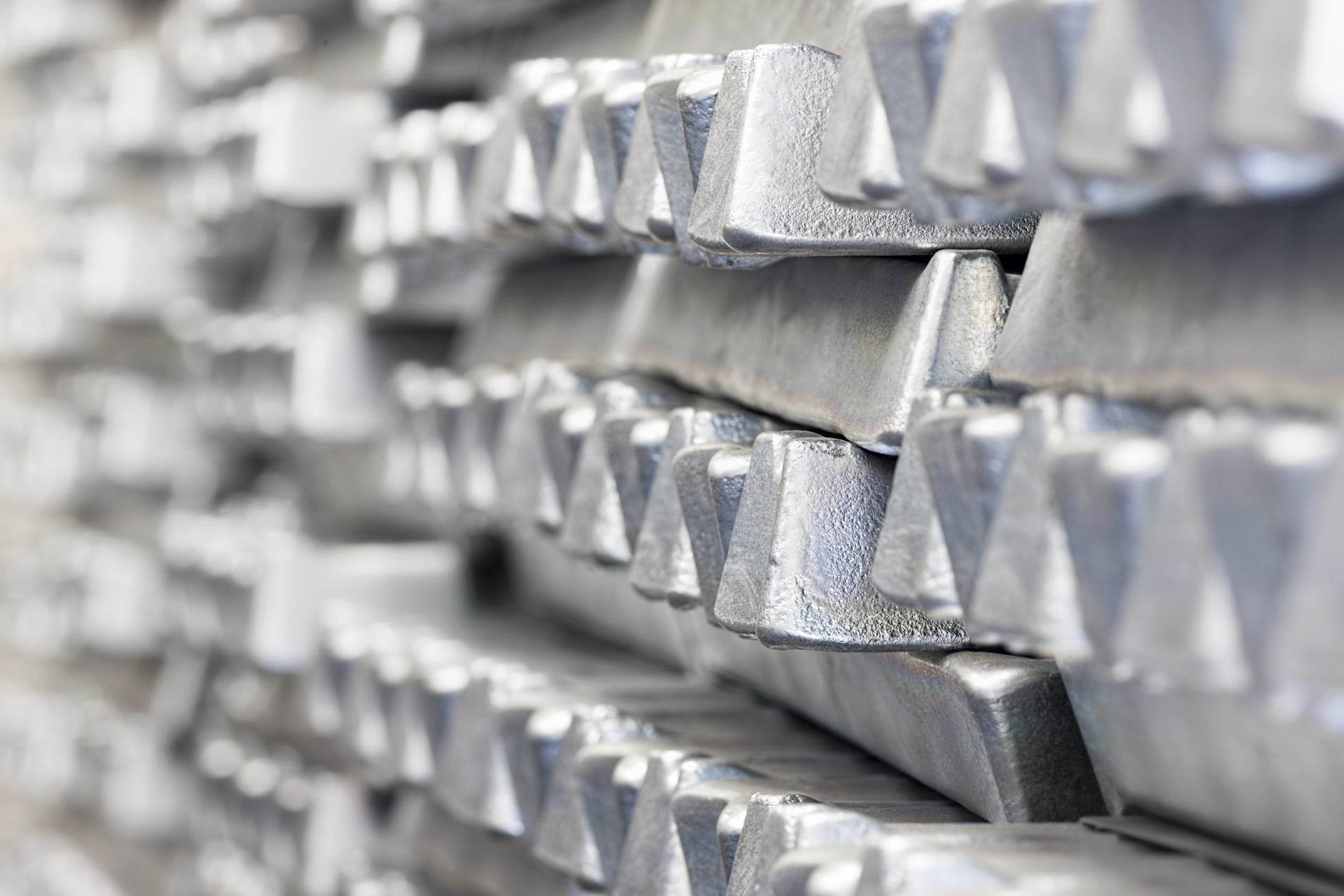Recycled Textile: Giving Old Fabrics a New Life
Textile Industry and Environment Pollution
The global textile industry produces millions of tons of fabric every year to meet the demand of ever-growing apparel sector. However, this booming production comes at a huge environmental cost. The processes involved in fabric manufacturing such as dyeing, bleaching and weaving release toxic chemicals in water bodies and air. Non-biodegradable synthetic fabrics like polyester pose lasting pollution threat when disposed as solid waste. Mills also consume large amounts of freshwater and energy during production. With depletion of natural resources, textile waste is emerging as a major sustainability issue for the industry.
Reusing Pre-consumer Textile Scraps
One way manufacturers are addressing this problem is by reusing fabric scraps and samples generated during design, pattern-making and sample preparation stages before goods reach consumers. Called pre-consumer textile waste, these fabric pieces still have reuse value if collected systematically. Many mills now have recycling systems to gather pre-consumer scraps. The fabric scraps are then shredded, processed and blended with virgin fibers to manufacture new yarns and fabrics. This practice helps cut down on waste generation as well reduces fresh material usage. Some companies develop completely new fabric lines from reused pre-consumer textile fibers.
Garment Recycling and Upcycling
Once garments have been used and discarded by consumers, they enter the post-consumer textile waste stream. While a portion of this waste is downcycled into industrial rags or shipped overseas, a growing number of recycling companies are engaged in upcycling old textiles. They collect post-consumer garments through take-back programs or thrift stores. Reusable fabrics are then sorted, cleaned and repaired. Good quality fabrics are resold as second-hand clothes while torn or damaged fabrics get converted into stuffing material for upholstery through shredding and blending processes. Some upcyclers even redesign old apparel into new fashionable garments to boost their style and market value. This helps extend the lifecycle of materials.
Challenges in Recycled Textile
However, textile recycling is not without complications. First is the issue of mixed fabric content as most modern garments use blends of natural and synthetic fibers which are difficult to separate. This contamination poses challenges for effective material recovery. Second, recycling textiles requires dismantling of garments which is a labor-intensive process. It is also difficult to maintain fiber quality through multiple recycling cycles. Another constraint is lack of sorting infrastructure and standardization in waste collection methods. With huge amounts of textile flows and complexity of post-consumer apparel, setting up efficient recycling systems remains a work in progress. Consumer awareness and willingness to part with old clothing for recycling needs strengthening as well.
Advancing Recycling Models
Nevertheless, innovative companies are piloting new solutions. Some have installed advanced textile sorting technologies using Near Infrared and X-ray methods to identify fiber composition of mixed fabrics and separate them automatically. Garment-to-garment recycling models directly reprocess used apparel into new textile products without shredding, helping maintain longer fiber lengths. Startups are exploring chemical recycling routes to break down fabrics into raw polymers and fibers. Collaboration between brands, recyclers and policymakers is promoting standards for design of recyclable and recycled content apparel. Take-back programs encourage consumers to readily donate used apparel. With supportive legislation and adoption of circular economy principles, the textile industry hopes to build robust recycling infrastructure and closed loop material flows in coming years.
Brands Integrating Recycled Materials
Ensuring sustainability is a growing priority for conscious consumers. Many leading clothing brands are actively working on strategies to integrate recycled materials in new product lines as a business as well as environmental responsibility. They either source pre-consumer and post-consumer recycled fibers from mills or partner with specialized recycling companies. Using recycled polyester yarns derived from plastic bottles is widespread now. Recycled cotton, nylon and wool are also being used increasingly in apparel, home textiles and accessories. Some labels have launched fashion collections entirely composed of recycled fabrics to spread awareness. Product marketing highlights recycling details to appeal ethically-minded shoppers. Though initial costs are higher, brands see recycled materials as an opportunity for innovation as well as attracting socially-conscious customers.
Government Support Needed
While the circular recycled textile movement is gaining momentum, stronger governmental support through policy measures is vital to realize its full potential. Policy interventions like extended producer responsibility help establish organized take-back system for post-consumer waste from brands. Incentivizing recycling infrastructure investments through green taxes or subsidies can boost closed loop recycling scale. Standards for minimum recycled content in apparel and green public procurement favor recycled products. Restricting virgin material extraction and revising environmental regulations will nudge industry to invest in recycling adoption. Internationally harmonized recycling definitions and standards aid cross-border recycling trade as well. With collaborative efforts, the apparel sector hopes to build a sustainable recycling-led paradigm by 2030 shifting from linear ‘take-make-waste’ model.This will conserve resources and curb environmental pollution in the long run.
Conclusion
The rapidly expanding global textiles industry is struggling with escalating waste challenge that damages the planet if not addressed urgently. While recycling and recovering used fabrics is complicated due to technical and economic reasons, innovative companies are demonstrating its technical and commercial viability. With evolving collection infrastructure, advanced sorting methods and new product development routes using recycled textile materials, the future of circular textile economy appears promising. But large-scale transformation would require proactive policy push along with collaborative efforts by all stakeholders including brands, recyclers, retailers and public. If the recycling potential is harnessed effectively, the apparel sector can certainly move towards more sustainable operations benefiting both business and environment for coming generations.
*Note:
1.Source: Coherent Market Insights, Public sources, Desk research
2.We have leveraged AI tools to mine information and compile it




